Ever wondered if polyurethane is waterproof? It’s a question that pops up a lot, especially if you’re diving into home projects. Polyurethane is known for its durability and versatility, but is it truly the waterproof superhero it’s made out to be? Let’s dig into the facts and bust some myths along the way.
Key Takeaways
- Polyurethane’s waterproof nature is due to its unique chemical makeup, making it a top choice for many waterproofing needs.
- While often touted as fully waterproof, polyurethane has its limitations depending on application and conditions.
- It’s widely used in home projects, from coating furniture to lining bathrooms, thanks to its water-resistant properties.
- Choosing the right type of polyurethane is essential for your specific project needs, considering factors like finish and maintenance.
- Beyond just waterproofing, polyurethane finds innovative uses in fashion, architecture, and more, showcasing its versatility.
Understanding Polyurethane: What Makes It Waterproof?
Chemical Composition and Properties
Polyurethane is a fascinating material because of its unique chemical makeup. It’s created by reacting polyols with diisocyanates, which results in a versatile polymer. This polymer can be either rigid or flexible, depending on how it’s processed. The waterproof nature of polyurethane comes from its ability to form a seamless barrier when applied as a liquid. This barrier effectively blocks water and moisture, making it ideal for various applications. The structure of polyurethane allows it to be both durable and resilient, which is why it’s used in so many waterproofing contexts.
Source: BYJU’S
Comparison with Other Waterproof Materials
When you think about waterproofing, materials like rubber, silicone, and PVC often come to mind. So how does polyurethane stack up? Well, compared to these materials, polyurethane offers a unique balance of flexibility and toughness. While rubber is highly flexible, it doesn’t offer the same level of durability as polyurethane. Silicone, on the other hand, provides excellent flexibility and temperature resistance but is often more expensive. PVC is durable but lacks the flexibility of polyurethane. In essence, polyurethane combines the best of these materials, providing a cost-effective and versatile solution for waterproofing needs.
| Material | Flexibility | Durability | Cost |
|---|---|---|---|
| Polyurethane | High | High | Moderate |
| Rubber | High | Moderate | Low |
| Silicone | High | High | High |
| PVC | Moderate | High | Low |
Common Applications in Waterproofing
Polyurethane’s waterproofing capabilities make it a popular choice in a variety of applications. It’s commonly used in coatings for outdoor furniture, ensuring that pieces remain protected from the elements. In construction, polyurethane is often used to seal roofs and floors, providing a long-lasting barrier against water ingress. Additionally, it’s utilized in the automotive industry to protect parts from moisture and corrosion. Its versatility doesn’t stop there; polyurethane is even used in clothing and textiles to create waterproof garments, proving just how adaptable this material can be.
Polyurethane’s ability to be both flexible and robust makes it an indispensable material in the world of waterproofing. Its adaptability and effectiveness in creating a waterproof barrier are unmatched, making it a go-to choice for many industries.
Debunking Myths: Is Polyurethane Truly Waterproof?
Common Misconceptions
Polyurethane is often hailed as a miracle waterproof solution, but is it? Many people assume that polyurethane is entirely waterproof, but the truth is a bit more nuanced. Polyurethane coatings, like those used on roofs, are indeed highly water-resistant, but not all forms of polyurethane offer the same level of protection. Some types are designed to be water-repellent rather than completely waterproof.
Scientific Evidence and Studies
Research shows that polyurethane’s waterproofing abilities largely depend on its formulation and application. Studies indicate that while polyurethane can create a strong barrier against moisture, it may not be suitable for every situation. For instance, if not applied correctly, the coating can develop weak spots, leading to potential leaks over time. This is especially true in environments with extreme temperature fluctuations.
Real-World Applications and Limitations
In practical use, polyurethane is a favorite for outdoor furniture and even in the film industry for props. However, its effectiveness as a waterproof barrier can vary. For example, in bathrooms or kitchens, polyurethane can protect surfaces from moisture, but it might not be the best choice for areas with constant water exposure. It’s crucial to understand that while polyurethane is versatile and durable, it doesn’t make everything it coats invincible to water. Knowing its limitations helps in choosing the right product for your specific needs.
Polyurethane in Home Projects: Practical Uses and Benefits
Waterproof Coatings for Furniture
Polyurethane is a game-changer when it comes to furniture protection. Its waterproof qualities make it ideal for safeguarding wooden furniture from spills and moisture. You can easily apply a polyurethane finish to tables, chairs, and cabinets to keep them looking new for years. Here’s why it’s great:
- Protects against water damage and stains
- Enhances the natural beauty of wood
- Provides a durable and long-lasting finish
Consider using PU finishes for a strong, long-lasting finish that resists wear and tear, perfect for various projects.

Waterproof Coatings for Furniture
Polyurethane in Bathroom and Kitchen
Bathrooms and kitchens are areas where moisture can wreak havoc. Polyurethane provides an excellent barrier against water, making it a smart choice for these spaces. Imagine having polyurethane-coated cabinets that don’t warp or swell in damp conditions. It’s not just about protection; it also adds a sleek, polished look to your surfaces.
- Ideal for cabinets and countertops
- Easy to clean and maintain
- Resistant to mold and mildew
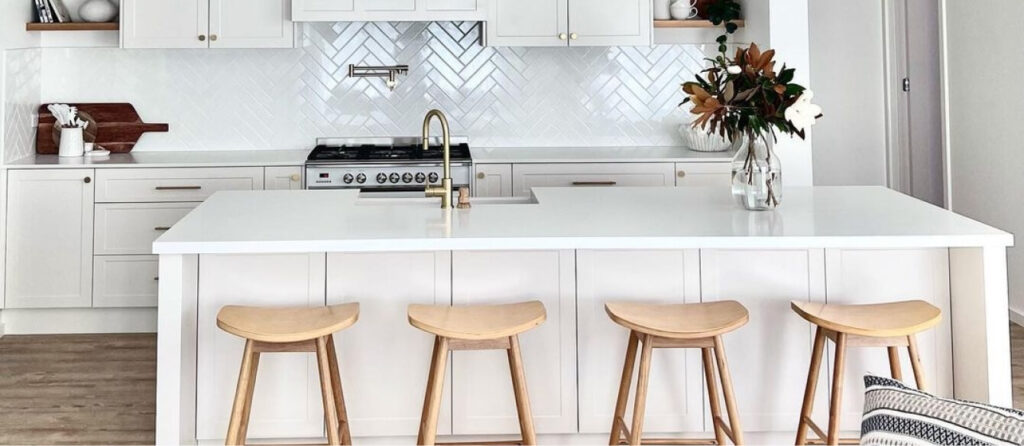
Polyurethane in Bathroom and Kitchen
Outdoor Applications and Durability
When it comes to outdoor use, polyurethane shines with its ability to withstand harsh weather conditions. Whether it’s a deck, patio furniture, or garden structures, polyurethane ensures they last longer and look better. It’s like giving your outdoor items a shield against the elements.
- UV resistant, preventing sun damage
- Protects against rain and humidity
- Extends the life of outdoor furniture
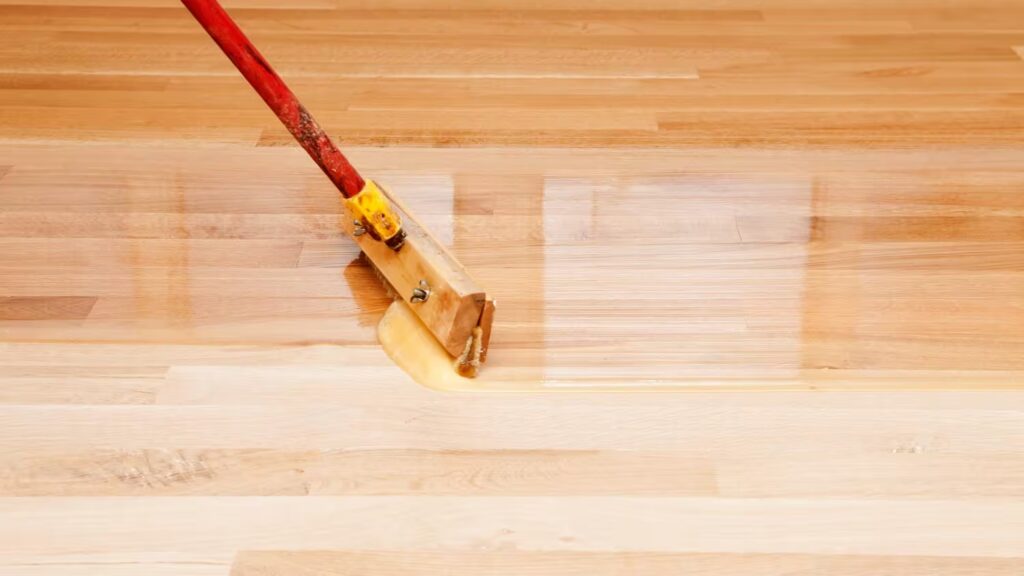
Polyurethane coating for the floor
Polyurethane’s versatility makes it a preferred choice for many home projects, offering both protection and aesthetic appeal. It’s not just about waterproofing; it’s about enhancing the longevity and beauty of your home.
Choosing the Right Polyurethane for Your Needs
Types of Polyurethane Finishes
When picking polyurethane, you’re faced with choices like oil-based and water-based finishes. Oil-based finishes are known for their durability, but they come with a stronger odor and longer drying time. On the other hand, water-based finishes dry quickly and have a milder smell, making them ideal for indoor projects. Selecting the right type depends on your specific project needs, such as the desired appearance and environmental considerations.
| Feature | Oil-Based Finish | Water-Based Finish |
|---|---|---|
| Durability | High | Moderate |
| Drying Time | Longer | Shorter |
| Odor | Strong | Mild |
| Environmental Impact | Higher VOCs | Lower VOCs |
Factors to Consider When Buying
Choosing polyurethane isn’t just about finishes. You need to think about:
- Project Type: Are you coating furniture, floors, or outdoor items?
- Finish Desired: Do you want a glossy, semi-gloss, or matte look?
- Application Method: Will you be brushing, spraying, or wiping it on?
- Environmental Concerns: Consider the VOC levels and potential health impacts.
- Budget: Prices can vary widely, so determine how much you’re willing to spend.
Maintenance and Care Tips
Once you’ve applied polyurethane, keeping it in good shape is key. Here’s how:
- Regular Cleaning: Use a damp cloth for dusting; avoid harsh chemicals.
- Avoid Direct Sunlight: Prolonged exposure can cause fading or yellowing.
- Reapplication: Depending on wear, you might need to reapply every few years to maintain protection.
Remember, the right polyurethane finish can make a big difference in the longevity and appearance of your project. Take the time to assess your needs and choose accordingly.
Innovative Uses of Polyurethane Beyond Waterproofing
Polyurethane in Fashion and Textiles
Polyurethane is not just stuck in the realm of industrial applications; it’s making waves in fashion too. Imagine wearing a jacket that not only looks sleek but also keeps you dry. That’s polyurethane at work. It’s being used to create flexible, waterproof coatings for clothes, making them both stylish and practical. Running shoes are also getting a polyurethane makeover. With its ability to mold into any shape, polyurethane can form a shoe that fits like a glove and withstands the wear and tear of daily use.
Creative Architectural Applications
In architecture, polyurethane is stepping up as a star player. Think about whole buildings made from this stuff. Sounds wild, right? But it’s possible because polyurethane can be as hard as stone, resisting moisture and extreme weather. Artists and architects are using it to craft stunning outdoor sculptures and even lightweight, durable furniture. Polyurethane’s versatility is opening doors to designs that were once thought impossible.
Future Trends and Developments
Looking ahead, the potential uses of polyurethane are only limited by imagination. It’s already being explored for use in everything from shopping bags to lining bathroom walls. As the need for sustainable materials grows, polyurethane could soon replace less eco-friendly options in many areas. Its durability and adaptability make it a prime candidate for future innovations, and we might even see it becoming a staple in unexpected industries. Whether it’s enhancing the aesthetics of a project with a Polyurethane Liquid Membrane or creating new products, polyurethane is poised to play a big role in the future of materials science.
Environmental Impact: Is Polyurethane a Sustainable Choice?
Recyclability and Eco-Friendly Practices
Polyurethane is often recognized for its recyclability, which is a big plus in today’s environmentally-conscious world. It’s not just about using and discarding; it’s about reusing and reinventing. Many companies are now exploring ways to recycle polyurethane products, turning them into new items rather than letting them end up in landfills. This practice not only reduces waste but also conserves raw materials. Plus, the manufacturing process of polyurethane involves low energy consumption, making it a more eco-friendly option compared to some other materials.
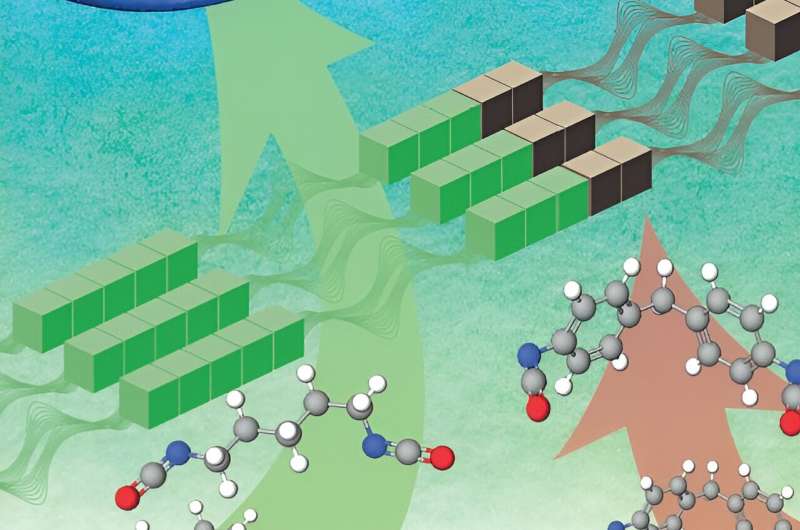
Polyurethane is often recognized for its recyclability
Energy Efficiency and Insulation Benefits
One of the standout features of polyurethane is its insulation properties. Whether it’s in construction or home appliances, polyurethane’s ability to retain heat and cold helps reduce energy consumption significantly. This means lower heating bills in the winter and cooler homes in the summer without overworking the air conditioning. Such efficiency not only saves money but also cuts down on energy use, contributing to a smaller carbon footprint.
Comparing Polyurethane to Other Materials
When you stack polyurethane against other materials, its benefits become clear. It’s lightweight yet incredibly durable, which means it lasts longer and doesn’t need frequent replacement. This durability reduces the need for constant production of new materials, helping to conserve resources. Moreover, polyurethane’s versatility allows it to be used in a variety of applications, from aquatic life protection to everyday household items, making it a practical choice for those looking to make sustainable decisions without sacrificing quality or performance.
Polyurethane’s journey from production to end-use shows a material that not only meets the demands of modern life but does so with a nod to the planet’s needs. It’s about finding that balance between functionality and responsibility.
Wrapping It Up: The Truth About Polyurethane and Waterproofing
So, is polyurethane waterproof? Well, yes and no. It’s not as simple as a straight-up answer. Polyurethane can be made to resist water, but it’s not naturally waterproof. It’s like that raincoat you have—it keeps you dry, but it’s not magic. For your home projects, if you’re thinking about using polyurethane, it’s a solid choice for areas that might get a bit damp. Just remember, it’s all about how it’s applied and what it’s mixed with. Whether you’re coating a floor or sealing a countertop, polyurethane can do the job if used right. But don’t expect it to hold up a dam! In the end, it’s a versatile material that, with the right tweaks, can help keep things dry. Just make sure you know what you’re getting into before you start slapping it on everything. Happy DIY-ing!
Read more: Understanding How Polyurethane is Made: A Comprehensive Guide to the Manufacturing Process


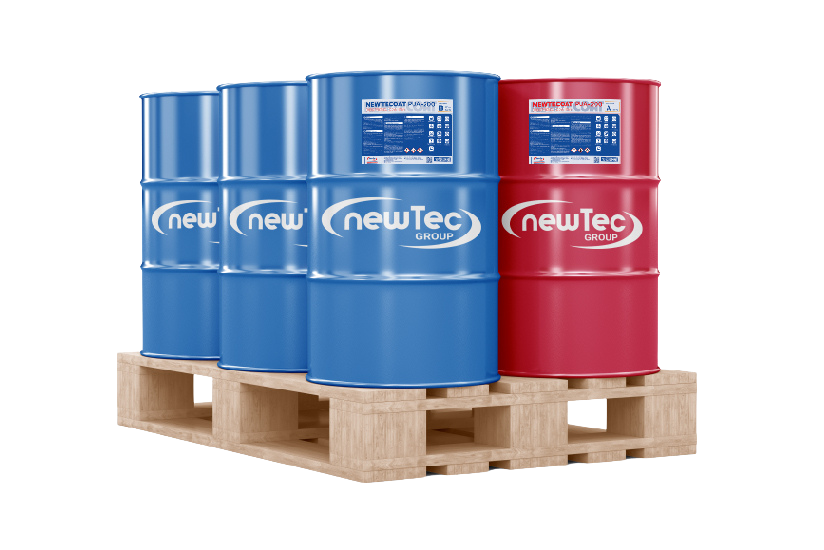
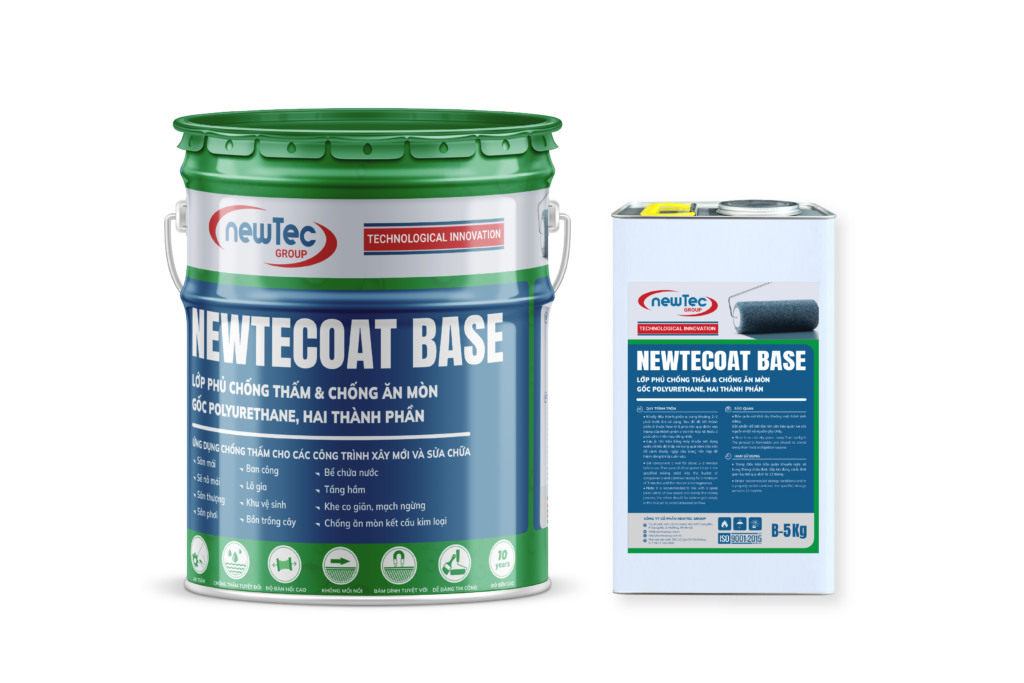

You may also be interested in
Understanding What Polyurethane Foam When Burned Gives Off: Health Risks and Safety Precautions
Polyurethane foam is commonly used in many products, from furniture to insulation. However, when it
May
Exploring the Question: Is Polyurethane Durable Enough for Everyday Use?
Polyurethane is everywhere, from the cushions on your couch to the insulation in your walls.
May
Exploring the Truth: Is Polyurethane Eco Friendly in Today’s World?
Polyurethane is everywhere these days, from your furniture to your sneakers, but is polyurethane eco
May
Trusted Polyurea Manufacturer for Philippines Supporting Industrial and Construction Excellence
The polyurea market in the Philippines is poised for significant growth from 2025 to 2031,
May
The Role of a Reliable Polyurea Manufacturer for Malaysia in Enhancing Construction Quality
Polyurea coatings have become increasingly vital in Malaysia’s industrial and construction sectors due to their
May
Reliable Polyurea Manufacturer for Cambodia Supporting Industrial and Construction Growth
Polyurea coatings are increasingly recognized for their vital role in the industrial and construction sectors,
May
Meet the Leading Polyurea Manufacturer for Thailand Powering Industrial Applications
Polyurea coatings have become an essential solution in various industrial sectors due to their exceptional durability, rapid curing times, and resistance to
May
Exploring Polyurea Manufacturer & Custom Coating Options in Southeast Asia
Polyurea coatings have become a game-changer in the protective coatings industry due to their remarkable
May